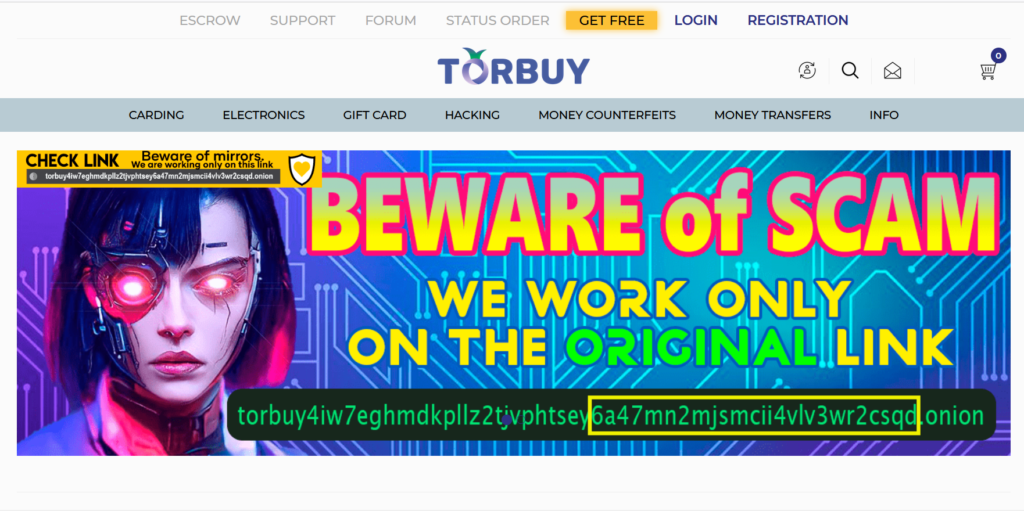Table of Contents
Toggletorbuy – TOR Scam Report (1)
Onion Link: http://torbuy4iw7eghmdkpllz2tjvphtsey6a47mn2mjsmcii4vlv3wr2csqd.onion
Scam Report Date: 2024/12/03
Client Scam Report Breakdown
Original Report Summary:
In the given scam report, the user recounts their experience with a vendor on the TorBuy Escrow Marketplace. They describe initial communication with the vendor as positive, stating, “I messaged the vendor and the vendor replied before I made a purchase.” However, the situation rapidly deteriorates after the purchase is completed. Once the transaction is made, the vendor allegedly “dispersal,” meaning the vendor disappeared or stopped responding, leaving the user unable to retrieve their money or receive the product they intended to purchase. This breakdown highlights the typical “exit scam” tactic, where vendors in underground marketplaces engage with buyers before cutting off contact once funds are received, often leaving the buyer with no product or recourse.
Photos:

Escrow systems are meant to safeguard buyers in these situations by holding the buyer’s funds in a secure account until both parties verify that the transaction is completed as agreed. However, in this case, the system seems to have failed the buyer, or it was possibly circumvented. The user also mentions an attempt to submit proof of the scam but claims that the process of adding proof “is not working.” In fraudulent marketplaces, issues related to adding evidence or disputing transactions are unfortunately common, often due to either technical malfunctions or intentionally restrictive systems that favor sellers. This raises questions about the actual reliability of the TorBuy platform, especially with claims of “Guaranteed Reliability” in their promotional materials.
The use of key terms such as “Carding,” “Money transfers,” and “Escrow” is critical in understanding the scope of this scam. “Carding” refers to a form of credit card fraud, where stolen card information is used to make unauthorized transactions. “Money transfers” in the context of this marketplace likely refer to illicit transfers of currency, often involving stolen financial information or fake services. “Escrow” is a system designed to offer trust between anonymous parties on such platforms, but in the report, the escrow system is either poorly enforced or deliberately manipulated by the vendor. This scam highlights both the risks of engaging in illicit marketplaces and the vulnerabilities of even supposedly secure systems like TorBuy’s. The vendor’s disappearance post-purchase, alongside the user’s inability to submit proof, underscores a broader trend of platform manipulation and fraud.
Scam Report Analysis: Vendor Manipulation Tactics
The scam report demonstrates a classic fraud pattern in online black markets: initial trust-building communication followed by the abrupt disappearance of the vendor after the buyer’s money is secured. The buyer’s frustration is evident in their attempt to provide proof of the scam, suggesting that they had some form of documentation or screenshots showing their interaction with the vendor. However, they were unable to upload or attach this proof, which could point to a flaw in the marketplace’s dispute system, whether intentional or accidental. This inability to add proof of the scam severely hampers any possibility for the buyer to recover their lost funds, as they are left without means of substantiating their claim.
TorBuy markets itself with a list of enticing features designed to instill buyer confidence, including “Guaranteed Reliability,” “Trusted Vendors,” and “24/7 Support.” However, this particular scam incident calls these claims into question. The user’s account of the disappearing vendor and non-functional dispute process could indicate that the site is either poorly managed or that certain vendors exploit loopholes in the escrow system to conduct fraud. For buyers in these underground markets, these risks are ever-present. Trusting the platform’s claims, especially without third-party verification or transparent customer reviews, can leave buyers vulnerable to fraud like the one reported here. Furthermore, the platform’s advertising of services such as carding, money transfers, and hacking attracts inherently fraudulent vendors who are skilled at deceiving unsuspecting users.
The terminology mentioned in the report is essential for understanding the context of the scam. For instance, “Carding” refers to the use of stolen credit cards for illegal purchases. This is a common activity on dark web marketplaces, where stolen financial data is bought and sold for profit. The term “Escrow” is equally important, as it represents a critical aspect of transaction security. Escrow services on marketplaces like TorBuy are supposed to hold funds in a third-party account until both parties agree that the transaction has been successfully completed. In this case, it appears that the vendor manipulated the escrow system, either by creating false confirmation of delivery or by simply disappearing before the buyer could file a proper complaint.
Lessons for Potential Buyers and Marketplaces
This scam report serves as a stark warning to potential buyers on platforms like TorBuy. It exposes the gaps in the marketplace’s support and security systems, which are supposed to prevent these types of scams but are often exploited by bad actors. Buyers need to be cautious and aware of the inherent risks of engaging in illegal online transactions, especially in black markets that offer services such as carding and money transfers. The lack of accountability in these markets, combined with unreliable support systems, makes recovery of lost funds nearly impossible once a scam is perpetrated. This report exemplifies how even platforms with advertised “guaranteed reliability” can fall short in protecting their users.
For the marketplace itself, reports like this could harm its reputation among users who may already be skeptical of engaging with vendors in underground platforms. If TorBuy is genuinely concerned about maintaining its user base and ensuring transaction security, it will need to address these failures in its dispute and proof-submission processes. Additionally, stricter control over vendor actions and more transparent customer review systems could help prevent such scams in the future. Users should also be encouraged to thoroughly research vendors before making any purchases, looking beyond the flashy promotions and “trusted vendor” badges that might not always reflect reality.







